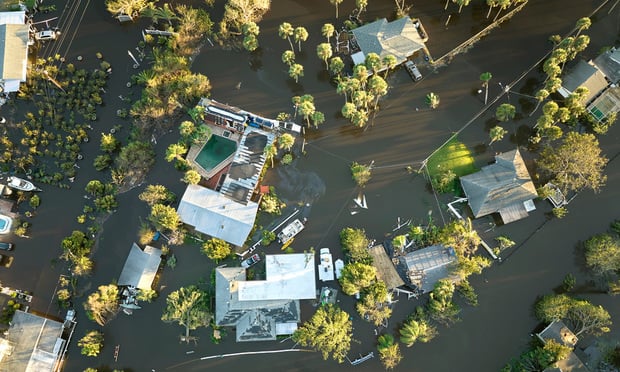(Note: This focuses on North Carolina law but the general principles should be of universal application.)
1. Establish the trigger of coverage to make sure it's your claim. Make sure that the claims at issue trigger your policy period and not the policy period of another carrier or a gap in coverage. The policy's insuring agreement only applies to “property damage” that occurs during the policy period.
2. Determine whether the statute of repose bars the claim. Make sure that the construction defect claim is being made less than six years (in North Carolina) after substantial completion of the work at issue. If it's been more than six years, the claim should be barred by the statute of repose.
3. Determine whether the statute of limitations bars the claim. Even if the claim is brought within the statute of repose, also see if it was brought within the three year (in North Carolina) statute of limitations which begins to run upon date of discovery of the problem.
4. Find out the precise work at issue in the claim. If it is a claim based upon moisture intrusion and resulting damages from that intrusion, what are the possible sources? These sources need to be identified to (1) be able to put those subs and suppliers on notice of the claim, and (2) to define the scope of repairs necessary.
5. Get all contracts the insured enter into with the general contractor or any subcontractor. Part of this process means all contracts that the insured entered into with anyone for the project need to be gathered.
6. Get all certificates of insurance for all subs. In conjunction with securing the contracts and identifying subs, all certificates of insurance for any sub needs to be gathered and included in the sub contact information.
7. Establish a master list of subs and their insurers, as well as any material suppliers if any products are at issue. Establish a master list of subs with columns setting out (1) the name of the sub, (2) their trade, (3) their contact information, (4) their insurer information; and (5) a notation section to set out whether the sub's work is at issue and whether there is an indemnity or A/I endorsement clause.
8. Establish if any of the contracts to which our insured was a party has an indemnification clause. It is essential to secure a copy of all contracts our insured had with any of its subcontractors, as well as any contract the insured had with the general contractor, developer, or owner.
9. Establish if our insured is or is supposed to be an additional insured pursuant to an AI endorsement in any contract with any sub. If so, tender the defense and coverage. When scrutinizing the contract language you need to also see if there are any “additional insured” provisions and, if so, were any valid certificate of insurances issued by the carrier which could shift the risk.
10. Scrutinize claimant's damage figures and be prepared to get your own expert. Be prepared to retain your own contractor to provide a competitive bid on the same scope of work.
David S. Coats is from Your House Counsel's member firm of Bailey & Dixon, LLP, in Raleigh, North Carolina.
Want to continue reading?
Become a Free PropertyCasualty360 Digital Reader
Your access to unlimited PropertyCasualty360 content isn’t changing.
Once you are an ALM digital member, you’ll receive:
- Breaking insurance news and analysis, on-site and via our newsletters and custom alerts
- Weekly Insurance Speak podcast featuring exclusive interviews with industry leaders
- Educational webcasts, white papers, and ebooks from industry thought leaders
- Critical converage of the employee benefits and financial advisory markets on our other ALM sites, BenefitsPRO and ThinkAdvisor
Already have an account? Sign In Now
© 2024 ALM Global, LLC, All Rights Reserved. Request academic re-use from www.copyright.com. All other uses, submit a request to [email protected]. For more information visit Asset & Logo Licensing.








